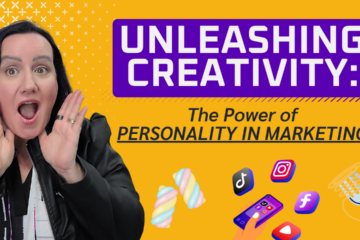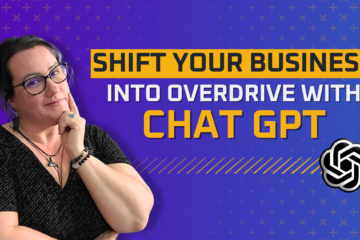Developing an Online Course: The Key to Your Learning Journey to Success
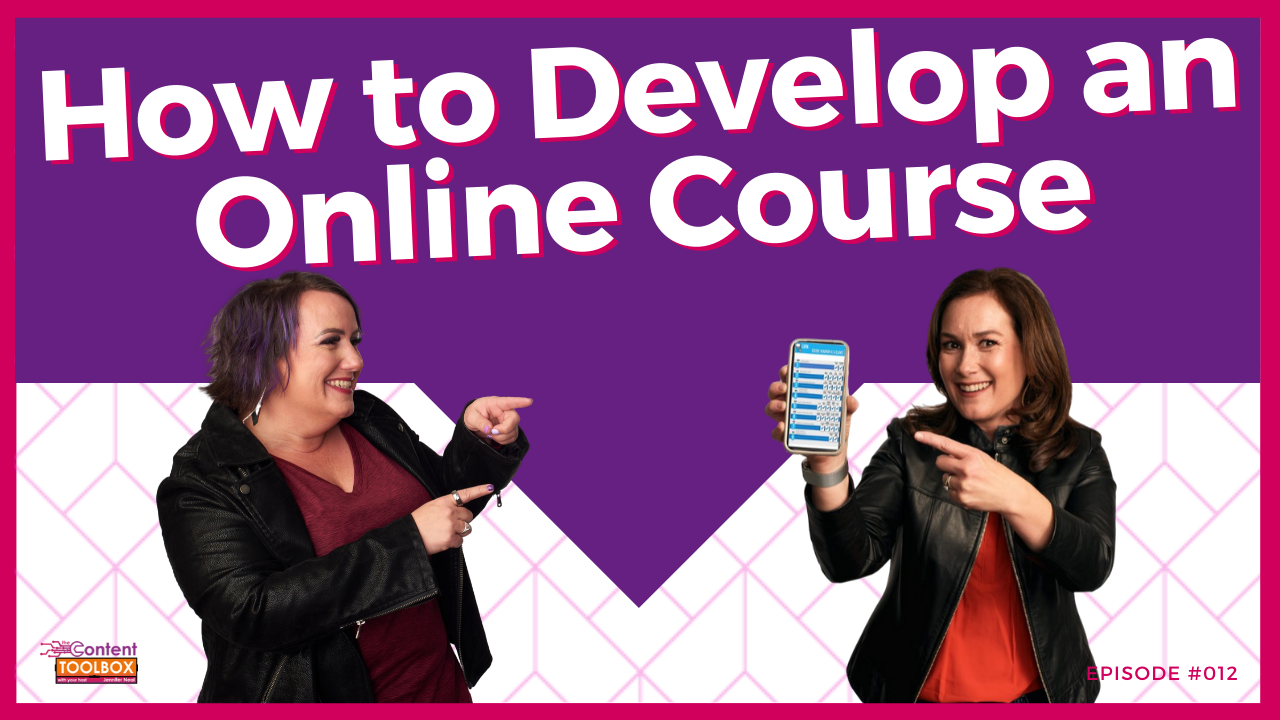
Embarking on an Essential Learning Journey to Develop an Online Course
Quick Links:
- TIP: How to Not Make the Biggest Mistakes when Developing Your Course [Infographic Download]
- Episode Overview – Developing an Online Course: The Key to Your Learning Journey to Success
- Personal Note from Jenn Neal on DIY Lashes
- Featured Guest Expert: Tara Bryan
- Episode audio [Podcast on Spotify]
- Blog Post – Embarking on an Essential Learning Journey to Develop an Online Course
- Related Posts
TIP: How to develop an online course with the essential Learning Journey
Reading Time: 5 minutes
TIP: How to Not Make the Biggest Mistakes when Developing Your Course
- Don’t build/ film/ create everything in the beginning
Create version 1 live and test the material on your audience
- Don’t just dump everything you know into a bunch of different modules
Think about the 1 or 2 things they need to know to be successful and focus on that
- Don’t go from 1 to 10 all at once
Consider your expertise at level 10. Consider your audience at probably level 1-3. They don’t need to get to level 10 to “win” they just need to move 1 or 2 steps. Get them there. (Then sell another one and move another couple of steps!)
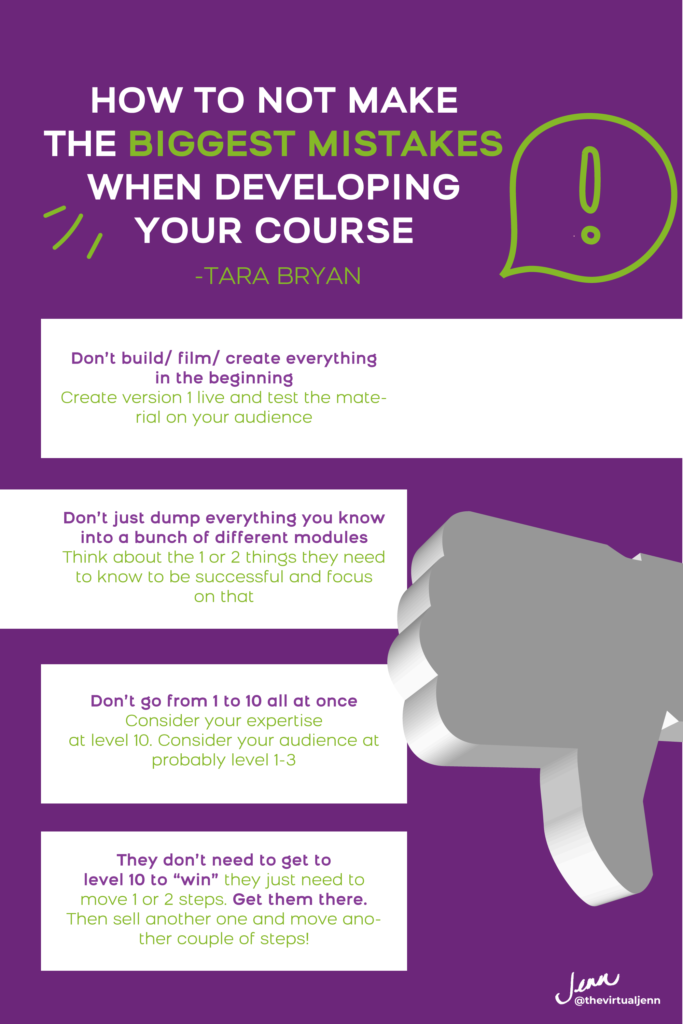
Love this graphic? Share It!
What’s In This Episode
Tara Bryan has spent the past 20 years teaching other people how to share their expertise with the world. In this episode of The Content Toolbox, we’ll share with you how to develop an online course that will take your students on a learning journey to success. We’ll talk about the do’s and don’ts of online learning, online course ideas, practical tips for getting started, and the biggest hurdles Tara steers her clients around. This episode is your essential primer on instructional design for e-learning.
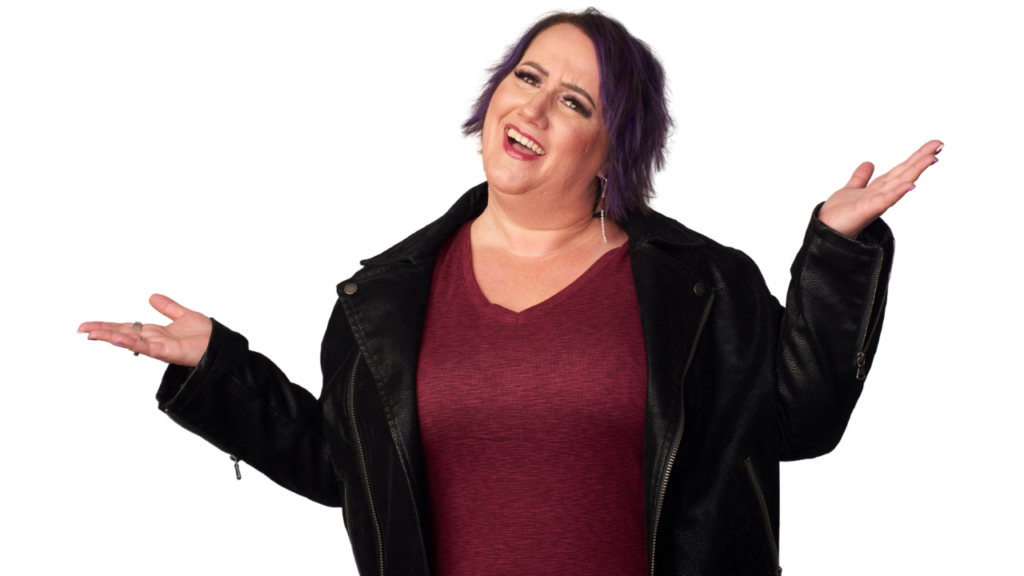
Jenn Neal on DIY Lashes
I love having professionals in my life and letting them do their job.
-Jenn Neal
Lockdown fail: DIY Eyelashes [+ new episodes]
“I think it’s funny how the most important thing about our podcast has become eyelashes.”
Yep.
This was the conversation at one of our daily team huddles a few weeks ago.
See – for about the last 3 years I have been getting eyelash extensions. And I love them.
I didn’t realize how much until I had to take off the final remaining ones and return to natural, due to this pandemic lockdown. (ugh)
However, I couldn’t bring myself to film more episodes without SOMETHING on my eyelashes. It was part of my look! So… what’s a girl to do?
My Lash Learning Journey…
Drugstore. Glue Ons.
Being a person NOT used to even putting on mascara let’s just say that the process took a REALLY long time and there were times that I felt like Buffalo Bill in Hannibal. (Or maybe like that severed head in the jar…)
I finally got them glued on after multiple tries on each eye – and felt like they were good enough, so I filmed my new episode.
Then, when reviewing the footage a few days later – my team pointed out to me I had “installed” the eyelashes incorrectly so you could see my natural eyelashes… and that one was coming off of my eye the entire time I was filming!
We spent a good portion of our morning huddle with me learning how to do eyelashes. 😩
(If you want to see what I mean, check out episode 011 about virtual happy hour)
When to Know You Need a Professional
This entire process made me realize how much I love having professionals in my life. And letting them do their job. Like gluing on eyelashes for me.
And… that is exactly how I feel also about my guest on this podcast episode! (Though not the eyelash part, the expert part!)
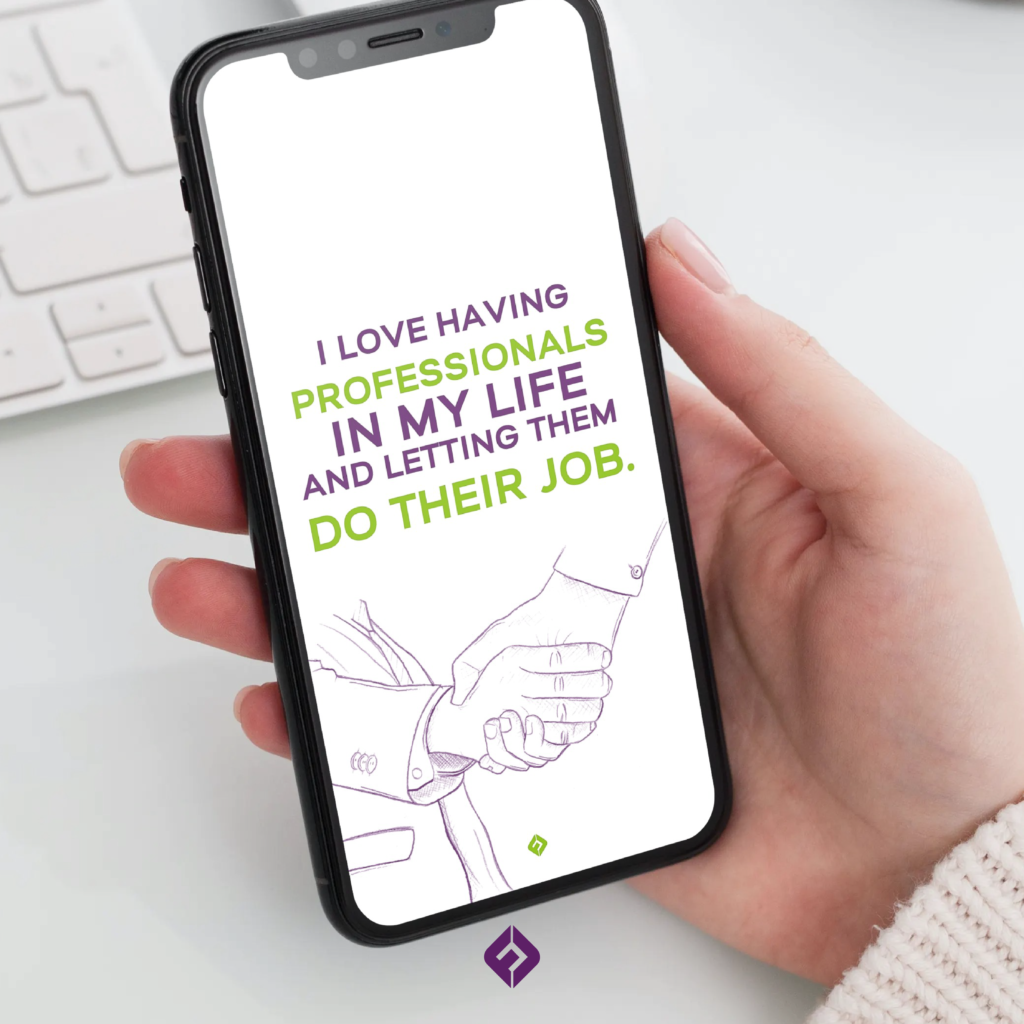
When I first met our guest it was like I was the peanut butter and she was the super amazing vintage jelly that matched me perfectly!
Finding Your Ideal Professional
Tara Bryan is an expert in taking the information in your head and putting into a course that people actually want to buy, consume and take action on. She’s a fantastic instructional designer and online course creator.
…Which is perfect – because we build online courses, but I want nothing to do with the content!
She talks about the ways to get started and shares great techniques and tips – don’t miss out on her genius in this episode: How to Develop an Online Course with Tara Bryan.
-Jenn “head in a jar” Neal
P.S. Tara shared an amazing resource with us for The Content Toolbox so if you haven’t checked it out yet be sure to visit!
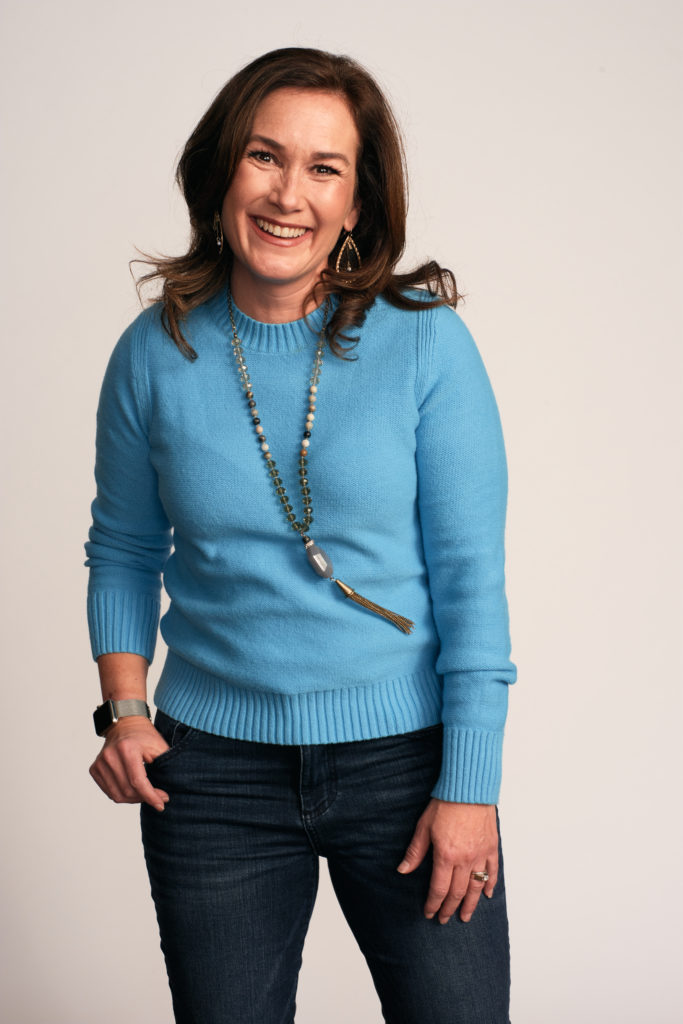
Meet Tara Bryan
Tara has literally spent her entire career helping people build courses that help their audiences get the results they want to succeed. There is no better way to change the way that people work, create or build than through learning and practice.
As an online course experience expert, she loves helping people identify and articulate their learning framework to be able to help their tribe thrive.
By combining the art of marketing, sales and solid online course experience design, you can not only become an authority in your space but also make the impact YOU were meant to create and live your life on your terms.
Embarking on an Essential Learning Journey to Develop an Online Course
Since the start of the pandemic, almost all businesses have transitioned to the remote working model — even schools. With the sudden en masse shift to online schools, there was bound to be some confusion; however, teachers can take this as an opportunity to start their own learning journey.
In this guide, we will talk about the do’s and don’ts of teaching online courses and how to get started on your online course development learning journey.
So, without further ado…
Do’s and Don’ts of Online Teaching
Creating an online course takes a lot of time. SO you need to make sure that your course is going to be successful. Here are a few tips you can use:
Do Identify the Results of the Course
The first thing a course creator needs to ask themselves is who they are creating the course for and the kind of result they need for it to be successful. The reason why people are taking your course is that they want to learn something new. They want to overcome a challenge or find solutions to a problem. As an expert, a course creator can help provide them the answers to these pressing issues.
One thing that you need to consider is not giving your student everything you have in your head; you need to be very intentional and focused about what path you want your students to take on the learning journey so that they get the results that they want; otherwise, they will drop out of your course.
If you overwhelm your students, they will have trouble figuring out what message you are trying to give them. That’s why you will find that there is a big difference between an awesome course that will allow you to grow and scale and a mediocre course that won’t go anywhere.
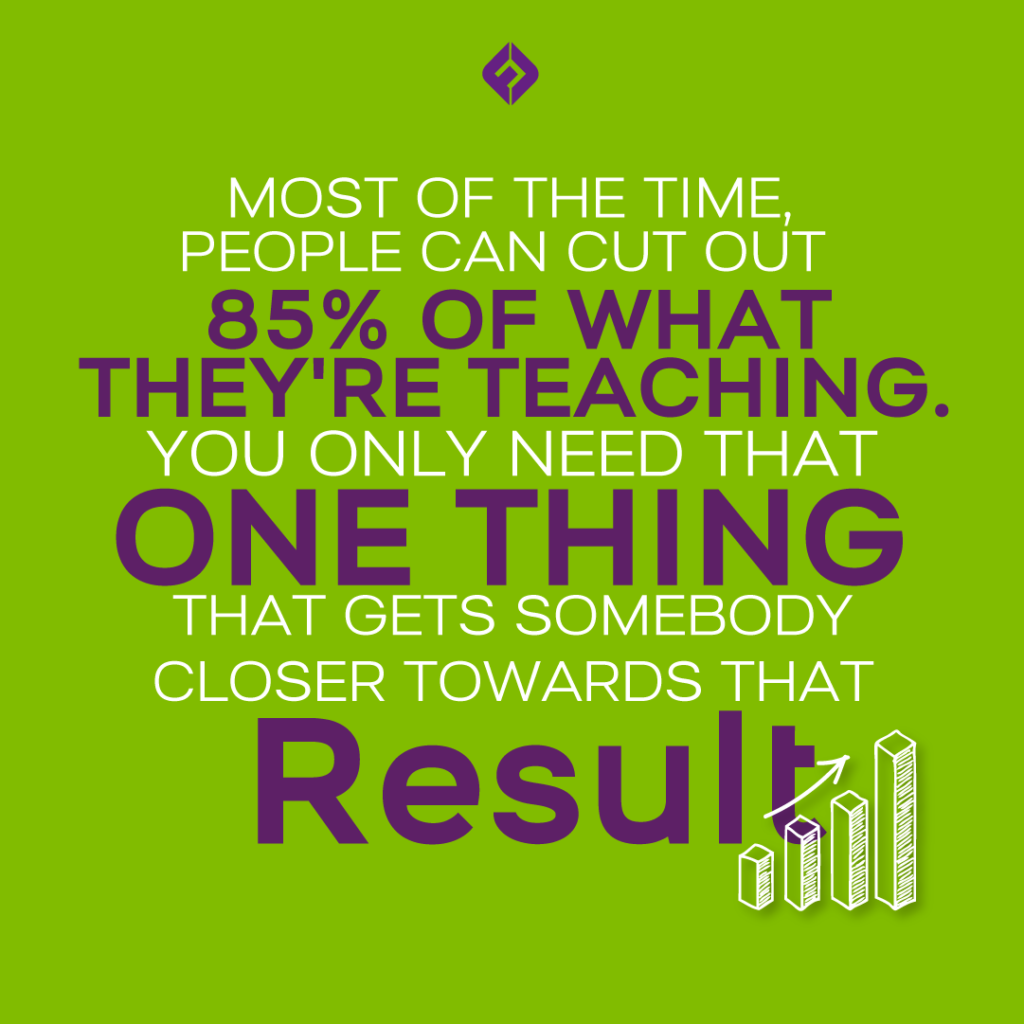
You only need that one thing that gets somebody closer towards that result.
Do Provide Key Elements for the Learning Journey
As a course worker, you will not hold the hand of your student and take them to the finish line. Instead, you will just equip them with all the essential elements they need to get to the finish line. Because most of the time, course teachers can cut about 85% of the content that they are teaching. It is not all the stuff that can prepare your student to get what they need; it is just a few crucial things that they need to learn that can take them towards success.
As an expert, you may want to give your students everything that you have learned. However, that is not what they are there for. Your students just need a few things to get them going and be successful, and they may not necessarily be what you think they need at that point.
Do Keep your Learning Active
About 97% of all people do not complete their courses. That’s because they do not get the results they are hoping to achieve. One of the major reasons why students don’t get these results is because the goal is too big and it can be overwhelming for them to even start.
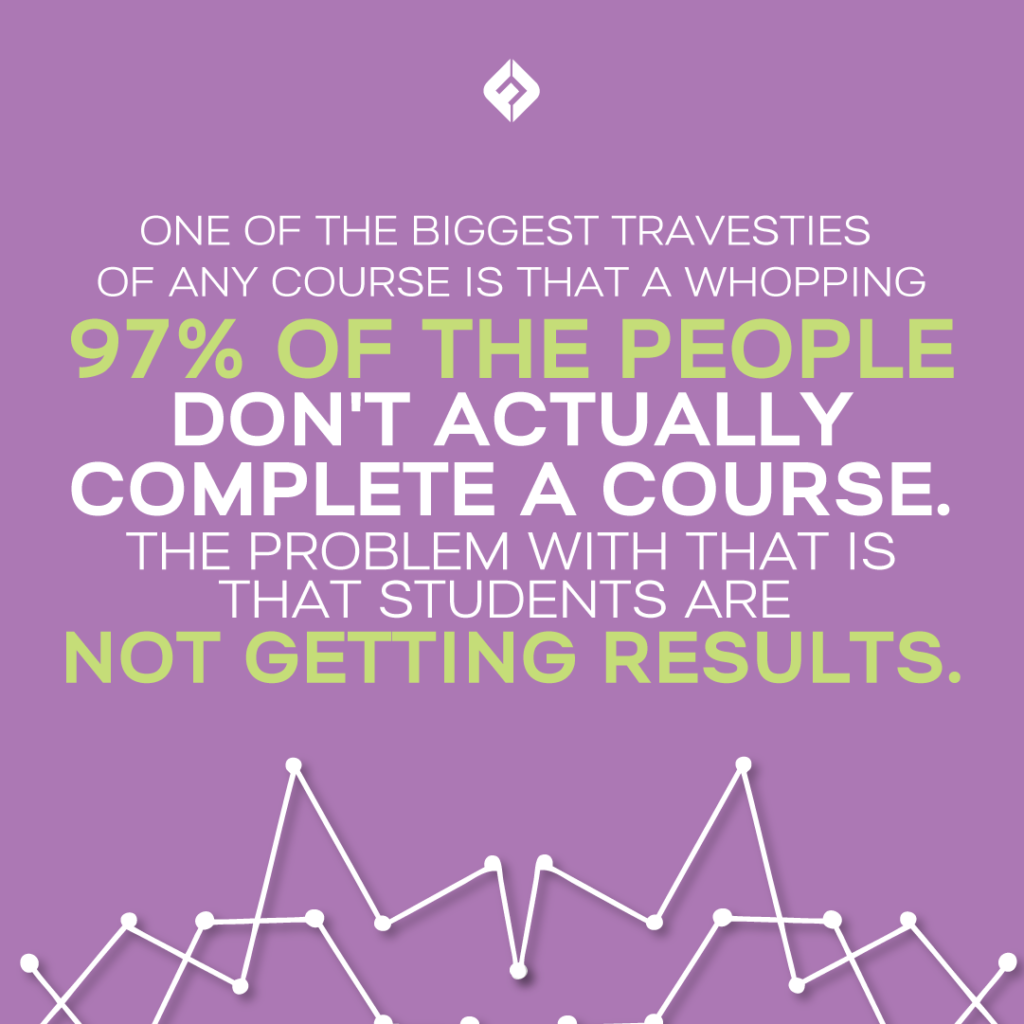
Learning is an active activity, and someone needs to be put into action. So if the people you are teaching are not getting small wins along the way, then it makes it too difficult for them to go on. For example, if your students are there to learn how to earn income, if you give them a huge goal like getting from zero to $1 million, it may seem impossible for them. You need to make it realistic and maybe get them to a five-figure income first, which can also be a huge motivator for them. So you make your goals shorter and provide them a more realistic path to becoming a millionaire, if they want.
Don’t Create a Poor Course
Many course teachers think that teaching a course is just about uploading a video of themselves or recording a lesson; however, that’s not what a course is. And that is why some people who have taken poor courses in the past are hesitant to try another course because they have had a terrible learning journey experience before.
It doesn’t have to be this way. As a course expert, it can be so much easier to create an effective course that hits the point.
Don’t Build Everything
Course workers should be careful about building everything for their courses before they have had a chance to test on an audience. So don’t prepare several videos or lesson plans before you can find out what works.
One of the ways you can do that is to do a beta test. It involves you teaching, say, to a live audience first and then, before you can use it in an automated course package and sell it. That’s because you don’t know what kind of results your content will get, and if you go ahead and build up your entire course, you will have wasted your time and energy.
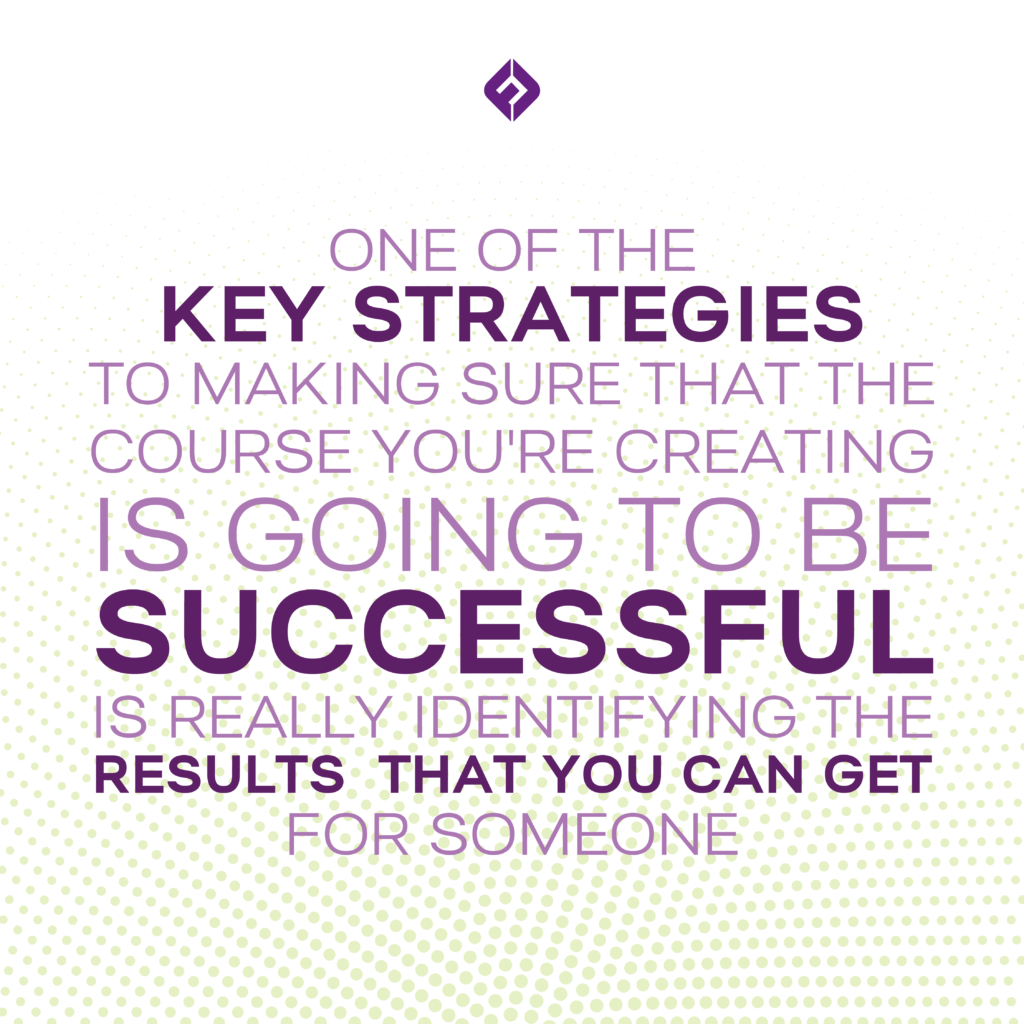
to be successful is really identifying the results that you can get for someone.
How to Get Started
The place to get started for course creators is to find out who do they want to serve, what kind of results you want to give them, and what path they need to get there. So it is important to get your framework articulated so that your clients can get clear results. Once you figure that out, you can find out the right tools you need to use, how to get your course out to the people, how should you teach, and how your experience should go.
Create Low Tech or High Tech
You can either have a low-tech or a high-tech experience for your learners. There are so many great tools on the market that can make your online courses effective and engaging and help you control the dip so that your learners don’t feel the need to drop out.
The strategies that you use depend on your own course needs and preferences. You can map it all out and determine the tools that can make it happen. It is also a good idea to automate and scale your strategy so that it takes less time and effort.
Gamification
Gamification involves taking gaming elements and adding them to the learning journey. It allows you to reward your people for taking action. Depending on your teaching style, you can create a leaderboard, award badges, or give recognition to anyone who has completed the desired action, like an assignment or worksheet.
This type of strategy lets people remain motivated throughout the learning journey because everybody likes to be rewarded, right?
Build Community
Building community is very important because humans are social animals and need to be connected. It helps them keep motivated because they realize there are others who are in it with them. This results in a sense of accountability and ownership and a commitment to the course. Creating a sense of community can help control the dip and prevent learners from dropping out of the course.
Major Hurdles Faced by an Online Course Developer
Being an online course developer can be challenging and comes with its share of hurdles.
Getting Overwhelmed
Make sure you keep your course strategy super simple and do not try to force the process. One of the things that can be a turn-off for learners is when they do not see a lot of learner traffic. However, if you keep publishing, using your voice, and getting your message out, there will come a tipping point for you. But if you become dejected before you even started, you cannot be successful.
Trying to Be Perfect
Don’t wait for your course to become perfect. There are a lot of people who struggle to put content together, and when they have it, they hesitate to share it because they think it is not perfect. But it is never going to be perfect until you start doing it.
Just get the word out and start talking about it with passion. Once you hit your tipping point, you will see that perfection will arrive by itself.
With the pandemic still raging, online courses will remain a vital part of digital education in the foreseeable future. This is a great opportunity for people looking to set up their online course business to embark on their learning journey.
Related Posts
Why We Should Consider the Entire Learning Journey
Why You Need a Learning Journey Map

